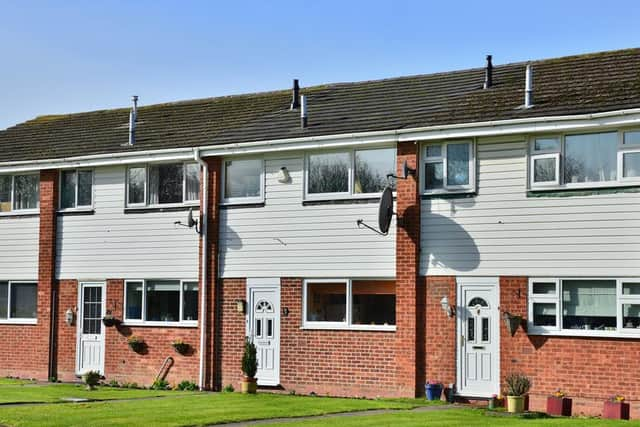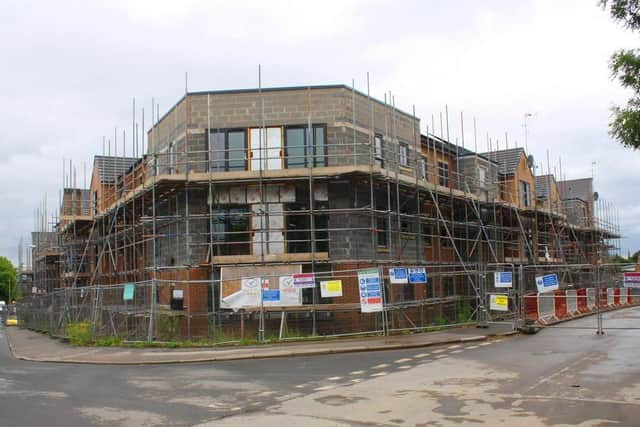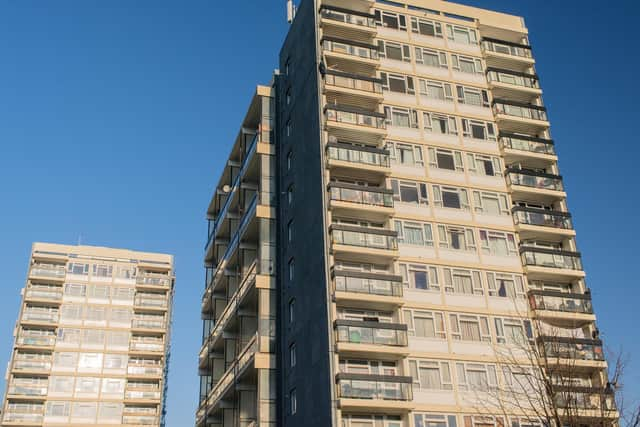Over 2,000 Leeds council houses lost since 2009 as thousands languish on housing register


Data from Leeds City Council for the year 2009/10 records a total stock of 58,108 council houses across all wards.
Every year since then the total stock has been in decline, with new builds failing to keep up with the rate of losses.
Advertisement
Hide AdAdvertisement
Hide AdBy the year 2014/15, the number of council houses in Leeds had plummeted to 56,785.


The most recent figure for 2019 stands at 55,704, revealing an overall loss of 2,404 council houses over the past ten years - an average of around 240 homes disappearing per year.
Every ward but two - Bramley & Stanningley and Beeston & Holbeck - has seen an overall decline in the number of council houses in the area since 2009/10.
Weetwood saw some of the most significant losses, with around 9.9 per cent of council houses in the area having disappeared over the past ten years.
Advertisement
Hide AdAdvertisement
Hide AdThough the number of people on the housing register in Leeds has declined during this time, the most recent figure obtained from the council shows 23,603 people on the register.


Though not everyone on the register is actively looking for a home, a significant number of individuals and families on it are struggling to secure housing, with hundreds of bids on single properties a common occurrence.
In October, the Yorkshire Evening Post reported that one family were facing homelessness after waiting over two years for council housing, with others waiting up to 78 weeks for a home.
Some of the decline in council housing is due to the demolition of unsafe homes, but the main contributing factor has been the Right to Buy scheme.
Advertisement
Hide AdAdvertisement
Hide AdIntroduced as part of the Housing Act 1980, Right to Buy allows council tenants to buy their council house at a discount.


Since introduced, one of the knock-on effects of the scheme has been the loss of thousands of council houses across the city, and thousands more across the country.
Government rules restricting the building of new homes has also limited the council’s ability to replenish council housing stock.
Since the relaxation of these rules in September 2019, Leeds City Council has announced a target of building 1,500 new homes in the city over the next five years.
Advertisement
Hide AdAdvertisement
Hide AdJordane Shaw, External Affairs Managers for Yorkshire and the Humber at the National Housing Federation, said:
“For decades, Westminster has failed to invest enough to build the social homes the country needs, so it’s no surprise that councils like Leeds haven’t been able to build enough over the last ten years.
“Yorkshire needs 1,800 new social homes every year, and this can only be achieved with government investment. The new government needs to invest £12.8bn every year to build desperately-needed new social housing across the country.”
Councillor Debra Coupar of Leeds City Council said:
“Under the rules of a pre-election period it’s very difficult for us to comment on a big issue like this, particularly when it involves matters of national government policy. Housing provision is very important to us as a council and we’d be more than happy to discuss our approach to this in more detail once the general election is over.”